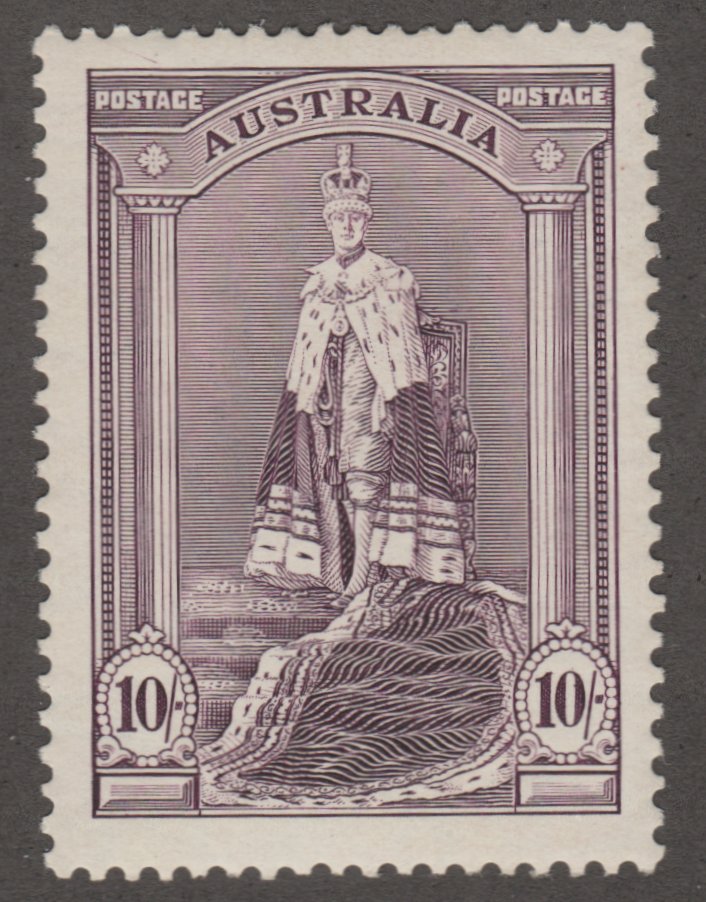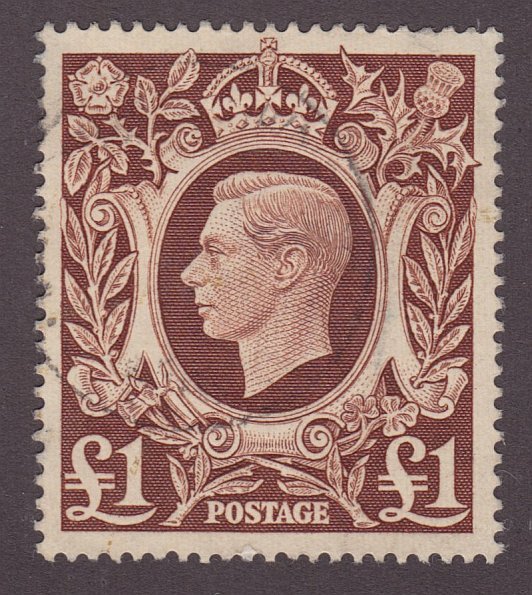
Discussion - Member to Member Sales - Research Center

Discussion - Member to Member Sales - Research Center

Test for long link address
https://www.amazon.com/Wausau-Paper-Prem ...

Login to Like
this post
At the Battle of Dien Bien Phu in northwestern Vietnam, in 1954, Ho Chi Minh’s Viet Minh forces soundly defeated the French Army, composed largely of the French Foreign Legion and soldiers of French colonies, including Vietnamese soldiers from French Indochina.
In the weeks before combat began, Vietminh forces assembled a large force on the mountain peaks surrounding the French, who were waiting in the valley below. The Vietminh had performed the seemingly impossible feat of dragging large artillery pieces up the steep mountain slopes and digging them in so that they were scarcely visible to the French. The French below were well-armed with artillery as well, and had the apparent advantage of an airfield where planes carrying ammunition and supplies could land. Some additional French troops did manage to parachute into the valley.
Things began falling apart for the French when they realized that their guns could not be elevated high enough to destroy the Vietminh’s artillery pieces. Unmarked American transport planes flown by American military pilots in civilian clothing proved to be so vulnerable to Vietminh ground fire that they largely failed in their efforts to re-supply the French garrison. Dropping supplies by parachute proved nearly impossible because the planes had to fly too high to avoid being shot down. In Washington, there were serious discussions about using nuclear bombs to defeat the Vietminh.
Eventually, the Vietminh overran the French garrison; the French artillery officer who had planned the defense of the base killed himself shortly before the French surrender.
Not long after the battle, during which thousands of French soldiers were taken prisoner, North Vietnam issued a set of perforate and imperforate stamps based on photographs of a Vietminh soldier standing atop the French command bunker at Dien Bien Phu:

Login to Like
this post
At the Battle of Dien Bien Phu in northwestern Vietnam, in 1954, Ho Chi Minh’s Viet Minh forces soundly defeated the French Army, composed largely of the French Foreign Legion and soldiers of French colonies, including Vietnamese soldiers from French Indochina.
In the weeks before combat began, Vietminh forces assembled a large force on the mountain peaks surrounding the French, who were waiting in the valley below. The Vietminh had performed the seemingly impossible feat of dragging large artillery pieces up the steep mountain slopes and digging them in so that they were scarcely visible to the French. The French below were well-armed with artillery as well, and had the apparent advantage of an airfield where planes carrying ammunition and supplies could land. Some additional French troops did manage to parachute into the valley.
Things began falling apart for the French when they realized that their guns could not be elevated high enough to destroy the Vietminh’s artillery pieces. Unmarked American transport planes flown by American military pilots in civilian clothing proved to be so vulnerable to Vietminh ground fire that they largely failed in their efforts to re-supply the French garrison. Dropping supplies by parachute proved nearly impossible because the planes had to fly too high to avoid being shot down. In Washington, there were serious discussions about using nuclear bombs to defeat the Vietminh.
Eventually, the Vietminh overran the French garrison; the French artillery officer who had planned the defense of the base killed himself shortly before the French surrender.
Not long after the battle, during which thousands of French soldiers were taken prisoner, North Vietnam issued a set of perforate and imperforate stamps based on photographs of a Vietminh soldier standing atop the French command bunker at Dien Bien Phu:

Login to Like
this post

Auctions - Approvals
re: Test for large image - 774 KB
That worked Bob!

Login to Like
this post

Auctions - Approvals
re: Test for large image - 774 KB
khjkash
asds

Login to Like
this post

Auctions - Approvals
re: Test for large image - 774 KB
Test for long link address
https://www.amazon.com/Wausau-Paper-Prem ...

Login to Like
this post

Auctions - Approvals
re: Test for large image - 774 KB
At the Battle of Dien Bien Phu in northwestern Vietnam, in 1954, Ho Chi Minh’s Viet Minh forces soundly defeated the French Army, composed largely of the French Foreign Legion and soldiers of French colonies, including Vietnamese soldiers from French Indochina.
In the weeks before combat began, Vietminh forces assembled a large force on the mountain peaks surrounding the French, who were waiting in the valley below. The Vietminh had performed the seemingly impossible feat of dragging large artillery pieces up the steep mountain slopes and digging them in so that they were scarcely visible to the French. The French below were well-armed with artillery as well, and had the apparent advantage of an airfield where planes carrying ammunition and supplies could land. Some additional French troops did manage to parachute into the valley.
Things began falling apart for the French when they realized that their guns could not be elevated high enough to destroy the Vietminh’s artillery pieces. Unmarked American transport planes flown by American military pilots in civilian clothing proved to be so vulnerable to Vietminh ground fire that they largely failed in their efforts to re-supply the French garrison. Dropping supplies by parachute proved nearly impossible because the planes had to fly too high to avoid being shot down. In Washington, there were serious discussions about using nuclear bombs to defeat the Vietminh.
Eventually, the Vietminh overran the French garrison; the French artillery officer who had planned the defense of the base killed himself shortly before the French surrender.
Not long after the battle, during which thousands of French soldiers were taken prisoner, North Vietnam issued a set of perforate and imperforate stamps based on photographs of a Vietminh soldier standing atop the French command bunker at Dien Bien Phu:

Login to Like
this post

Auctions - Approvals
re: Test for large image - 774 KB
At the Battle of Dien Bien Phu in northwestern Vietnam, in 1954, Ho Chi Minh’s Viet Minh forces soundly defeated the French Army, composed largely of the French Foreign Legion and soldiers of French colonies, including Vietnamese soldiers from French Indochina.
In the weeks before combat began, Vietminh forces assembled a large force on the mountain peaks surrounding the French, who were waiting in the valley below. The Vietminh had performed the seemingly impossible feat of dragging large artillery pieces up the steep mountain slopes and digging them in so that they were scarcely visible to the French. The French below were well-armed with artillery as well, and had the apparent advantage of an airfield where planes carrying ammunition and supplies could land. Some additional French troops did manage to parachute into the valley.
Things began falling apart for the French when they realized that their guns could not be elevated high enough to destroy the Vietminh’s artillery pieces. Unmarked American transport planes flown by American military pilots in civilian clothing proved to be so vulnerable to Vietminh ground fire that they largely failed in their efforts to re-supply the French garrison. Dropping supplies by parachute proved nearly impossible because the planes had to fly too high to avoid being shot down. In Washington, there were serious discussions about using nuclear bombs to defeat the Vietminh.
Eventually, the Vietminh overran the French garrison; the French artillery officer who had planned the defense of the base killed himself shortly before the French surrender.
Not long after the battle, during which thousands of French soldiers were taken prisoner, North Vietnam issued a set of perforate and imperforate stamps based on photographs of a Vietminh soldier standing atop the French command bunker at Dien Bien Phu:

Login to Like
this post

Auctions - Approvals
re: Test for large image - 774 KB
I'd like this

Login to Like
this post





